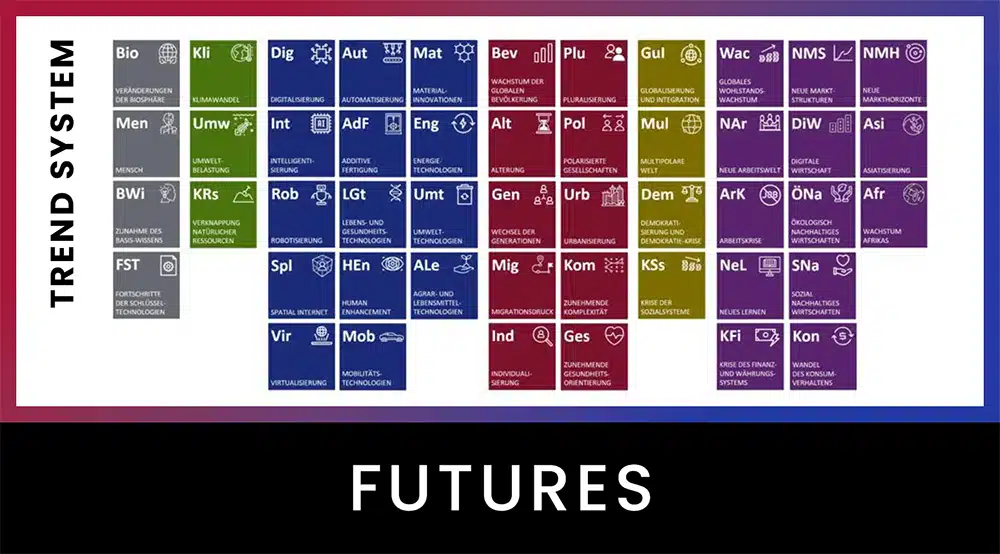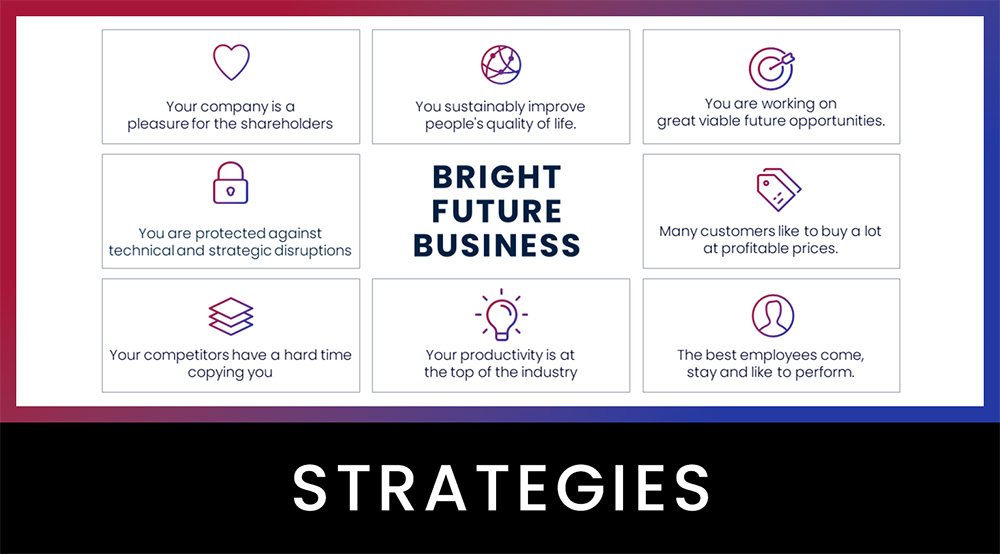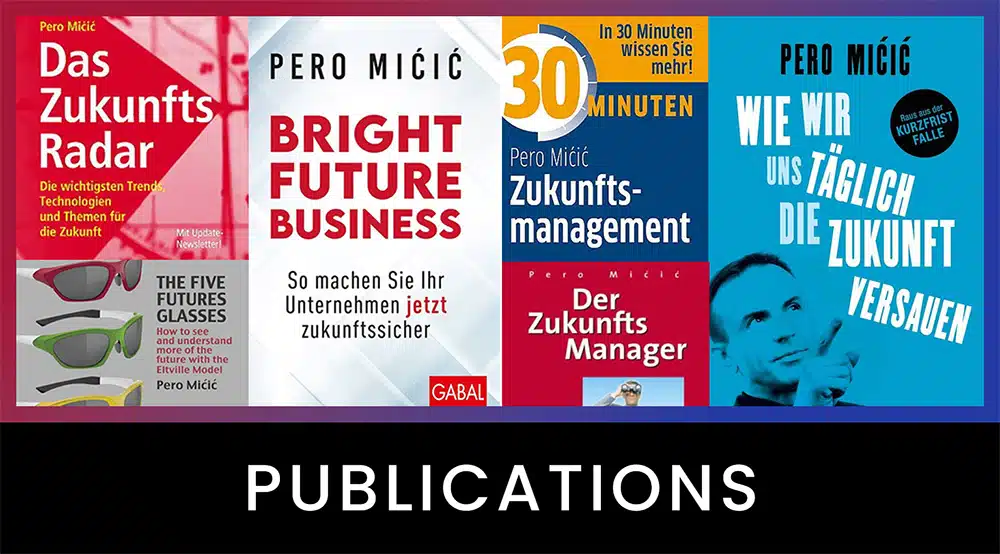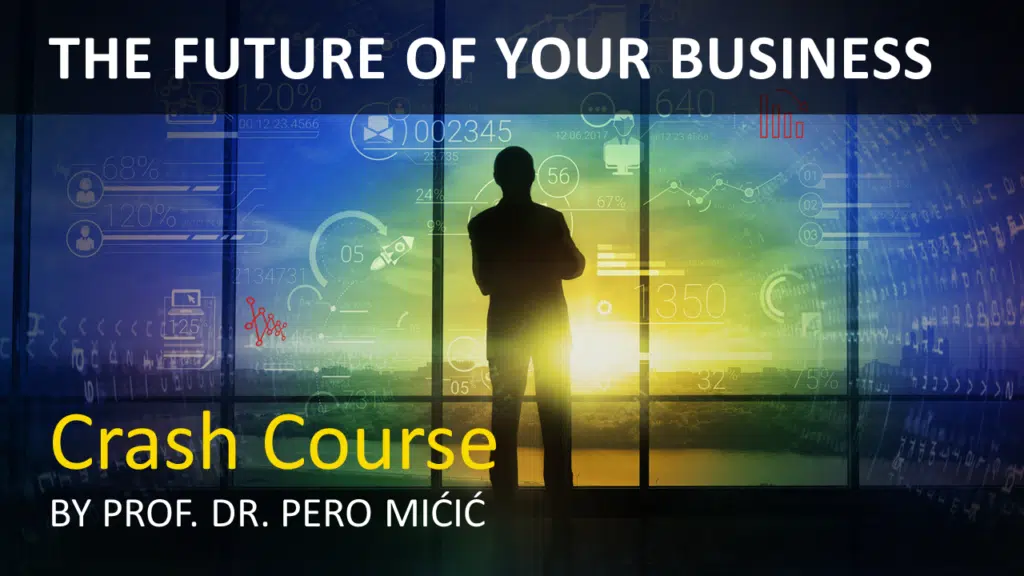Enno Däneke
The topic of Circular Economy is rapidly gaining relevance. Every company has to deal with this trend. And anyone who takes a serious look at the subject will come across ideas and possibilities that show promising opportunities for making their company future-proof and sustainable.
Step 1: Become fit for the Circular Economy
The first step is to examine how one’s own value creation can be made more circular. There are three main directions for this:
- Reduce: Where can I save material?
This is actually a question that every entrepreneur regularly asks himself, because it also serves to optimize costs and is therefore always a topical issue. However, alternative production technologies such as additive manufacturing also make fundamentally new approaches conceivable here.
But it is also important to ask how one’s own products can be made more durable. For example, through reparability. Pay-per-use models also make longevity more attractive for the manufacturer. - Reuse: What can be used multiple times?
Where can I reuse things that I would dispose of today?
Where can I make these things available to someone and thus generate a business with overproduction or production waste? - Recycle: Where can I use recycling in my production?
Where can I produce products with more recycled material? In the first step: Where can I use recyclates in today’s products without it not making a qualitative difference? It often becomes possible in places where the customer does not have direct contact with these materials. Fillers or stabilizers, for example, can be replaced by recyclates.
Thinking further, how can I design my products from the outset so that they are easy to recycle?
Step 2: Develop new markets in the Circular Economy
The goal is to move from the Take-Make-Waste model to Cicular Economy. The global economy is facing a challenge of the century. For at least 150 years, we have lived and farmed according to the old model. Converting this now is a major but imperative challenge.
In such immense transformations there are always great opportunities for entrepreneurs who dare to look ahead. Those who find solutions to the problems in the transition in the next will create new markets and an edge on the competition. With Circular Economy solutions, companies can earn money and do something good at the same time.
Implementation of the UN development goals creates opportunities
The Global Development Goals, which the UN has set itself, provide information on which issues directly affect sustainability. Most countries in the world have committed to these. They create new markets through regulation in this context. For example, by establishing recycling quotas or emission limits. Thus, companies are no longer only morally called upon to make their contribution. It is as much about the distribution of large new markets as it is about the economic existence of existing players.
Platzhalter
Folgen Sie auch diesen Links:
► Das Zukunftsstrategie-Programm
► Kostenfreier Video-Crashkurs DIE ZUKUNFT IHRES GESCHÄFTS
► BUSINESS WARGAMING for robust business and future opportunities
► VORTRÄGE UND KEYNOTES von Pero Mićić für Ihre Mitarbeiter und Kunden
Platzhalter
Ich wünsche Ihnen eine glänzende Zukunft!
Have a bright future!































